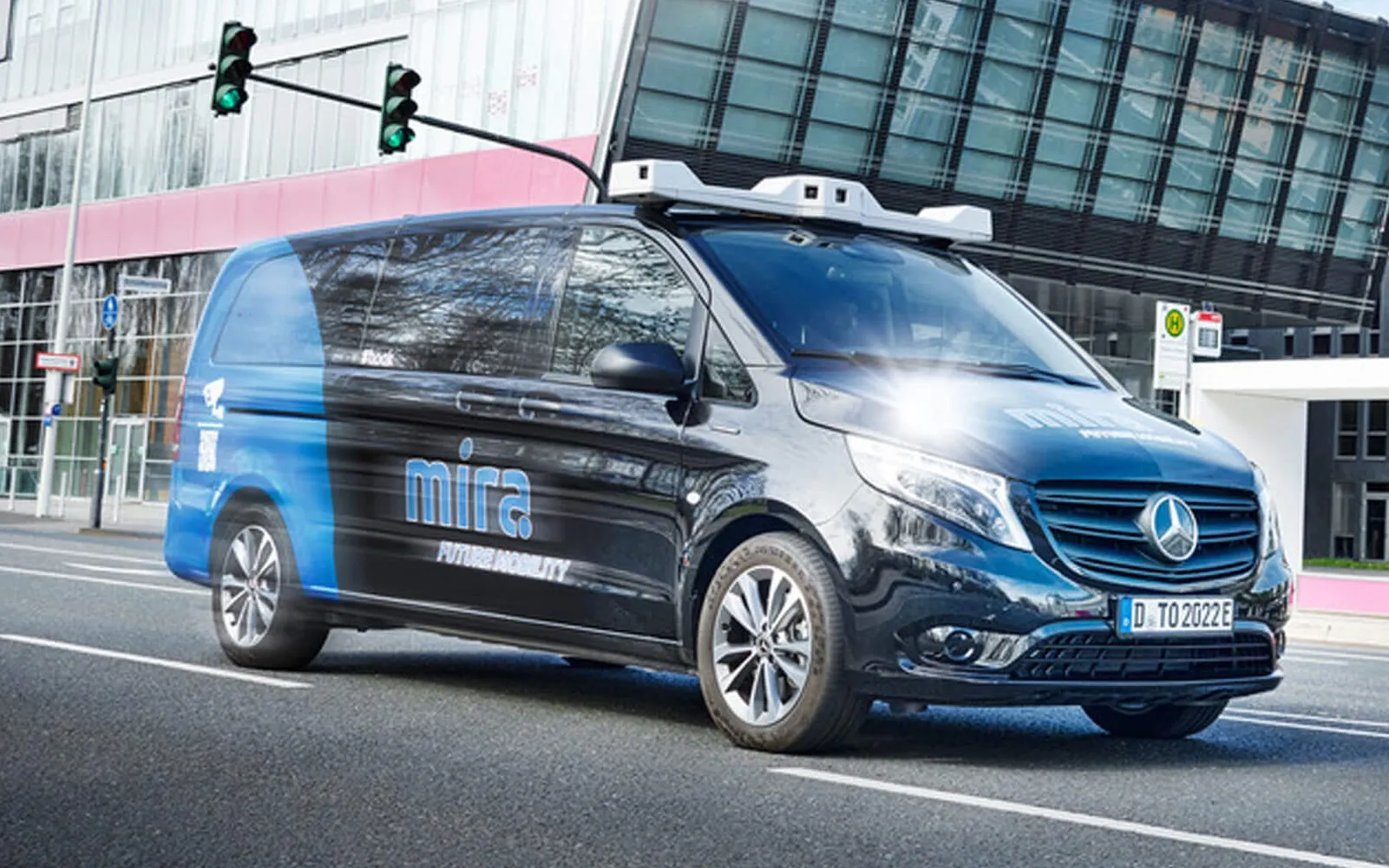
Deutsche Telekom and Mira are trialling remote-controlled shuttles between the telecom giant's locations in the German city of Bonn.
"We are convinced that teleoperated driving will play an important role in improving the efficiency and sustainability of transport,“ said Klaus Kappen, CEO of Mira.
"By working with Deutsche Telekom, we can develop innovative solutions for the mobility of the future and test them in public road traffic today.“
Deutsche Telekom’s 5G network will enable transmission of data from the vehicles to a control centre.
"Mobility is changing," says Olga Nevska, MD Telekom MobilitySolutions. "In the future, teleoperation will take people from A to B in a new way. Safely and conveniently! We want to make this possible for our colleagues, too. And that’s why we are testing a teleoperated vehicle on the test track at Telekom Deutschland headquarters."
"Bicycle, bus, light rail and streetcar – Bonn already stands for modern and climate-friendly mobility services," says Bonn’s mayor Katja Dörner.
"We are pleased to be one of the first cities in Germany to enable tests for an innovative shuttle service: remote-controlled vehicles. Passengers will save time. Shuttle operations will become more efficient. Teleoperation can become a building block of our Bonn mobility turnaround in the future. With strong public transport and safe, attractive services for all."
Telekom says the pilot will provide it with "in-depth insights into the requirements for these new technologies and for the 5G network infrastructure, which are enormously important for the development of driverless mobility".









